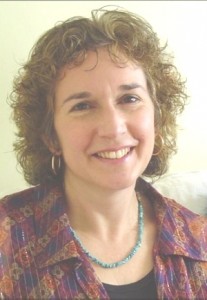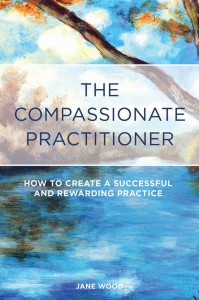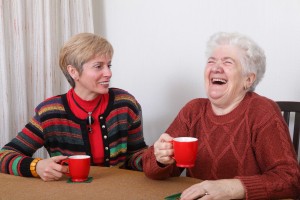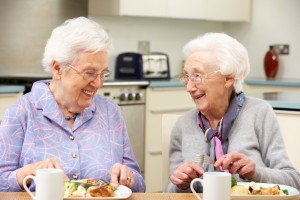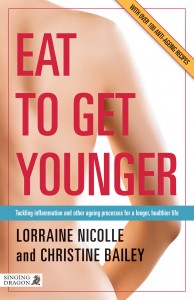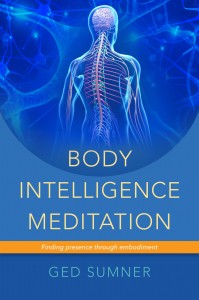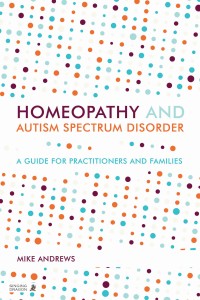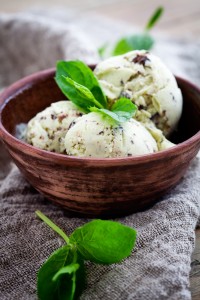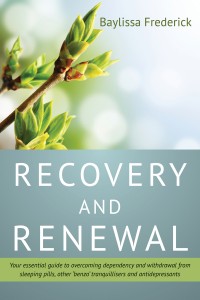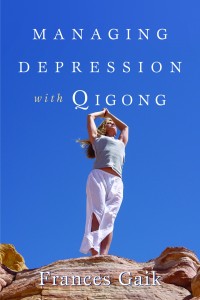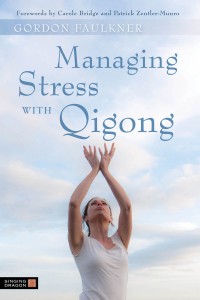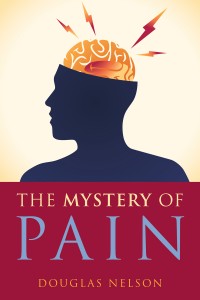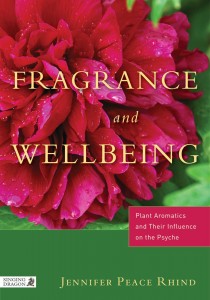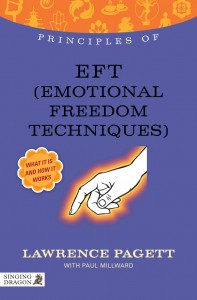Jane Wood has been involved in reflective practice for the last 20 years. She is a supervisor and teacher of reflective practice at the University of Westminster and is the head
of practitioner development and reflective practice at the International School of Homeopathy, London.
Jane Wood’s new book The Compassionate Practitioner is now available from Singing Dragon. This handbook, full of practical tips and supportive advice, explains how best to enhance the client’s experience through compassion and mindfulness. This book will be a valued support for anyone working in private practice.
What inspired you to write this book?
I have been teaching the practitioner-patient relationship to students at college and at the University of Westminster for nearly 20 years. At the same time, I have been supervising qualified alternative practitioners and seen their struggles to build up a private practice. Many practitioners talked about the same issues in supervision: their patients were demanding, impatient or simply didn’t return. The practitioners needed to find a way to create trust, loyalty and staying power. They could do this if they improved the patient’s experience during the consultation. I realized I was in a position to write a book that takes the practitioner through every stage of the consultation, giving them lots of practical advice on how to create a healing relationship with the patient – and gain a flourishing practice.
Why is relationship building so important for people working in private practice?
I strongly believe that relationship building is vitally important for everyone in the caring professions whether they are alternative practitioners, counsellors and therapists or traditional doctors, nurses and consultants. Unfortunately, most orthodox practitioners do not have the time available to do much relationship building, leaving both the practitioner and the patient feeling dissatisfied and rushed. Many alternative practitioners such as homeopaths, acupuncturists, and body workers have longer sessions with their patients, which allow them more time to work on the relationship.
On the surface, making an effort to improve the experience for the patient will increase their trust and loyalty to the practitioner, but it is more than this. When the practitioner takes time to make the patient feel safe and appreciated, the patient can start to relax and explain themselves better; which in turn enables the practitioner to give a better treatment.
The added bonus for anyone in private practice, is that once there is a good relationship, the patient will help build up the practice by referring other people.
There are many different ways in which the practitioner can improve their patients’ experiences. One way is consider the clinic environment. I suggest that practitioners take five or ten minutes to sit in the patient’s chair, quieting their mind by focusing on the breath. Once they are quiet and relaxed, they can bring themselves into the present moment and use all of their senses to assess the clinic room. What is the feel of the chair they are sitting in? Is it comfortable? What is the room temperature? What smells are there? Can they hear the receptionist or another therapist working in the next room? If so, does this impact on confidentiality?
What can practitioners do to improve their patients’ experiences?
The appearance of the room will make a big difference to the patient. If the practitioner is behind a desk they will feel more secure, but the patient will feel distanced. What do the patient’s eyes rest on when they are not talking? Considering the clinic room through the senses will give the practitioner a taste of what the patient experiences. They then need to consider what they can do to improve the current environment.
Another suggestion for improving the patient’s experience is that the practitioner should explain to the patient what will happen during the consultation. This is called ‘signposting’ and should be done at the beginning of the session. It can be very brief, such as, ‘I’m going to invite you to talk about yourself and your problem for the first twenty minutes, and then I’ll give you a treatment which takes about thirty minutes. You’ll need to take off your shoes and get onto the treatment couch. After the treatment we’ll see how you feel.” Once this has been clarified, the patient knows what to expect and can relax.
How can practitioners maintain balance in their work and avoid burnout?
Being a practitioner and listening to many patients talking about themselves is a great privilege and helping them can be deeply rewarding. But sometimes the price is too high. There are several different causes of burnout, including working for very long hours, anxiety about patients or unconsciously taking on the patients’ negative emotions. The last one occurs mainly when there is a long time spent face-to-face with the patient, such as for counsellors, therapists or homeopaths. Our brains are programmed to read other people’s body language and facial expressions, so that we can empathise or feel their emotions.
The patient’s emotions can be directly experienced by the practitioner who might carry home a patient’s anger or depression. An awareness of this will help them consciously make more breaks in eye contact, and change their own body language more often so they don’t unconsciously mirror the patient so much.
Another way to avoid burnout is to make sure the practitioner has enough personal time to have fun and relax. This might sound obvious but when a single practitioner is running a private practice, they have to be their own marketing manager, record keeper and accountant and this all takes time. The practitioner needs to balance the intense work in the clinic with care for themselves, physically, mentally and emotionally.
You write a lot about self-reflection. Who do you think should do it and why do think it’s important?
Self-reflection is a process of self-examination, of thinking seriously about your own character or actions. In the caring professions this will mean exploring something about the practitioner-patient relationship in order to understand it in more depth and decide what can be done to improve it. It is not nearly as effective if it is done within the limitations of the practitioners mind, and much better if it’s done out loud in front of a colleague or supervisor, or written into a self-reflective journal. If something went well, the practitioner can make a note of it so that they can repeat it. If it didn’t go well they can analyse why and plan how to change things next time. As I see it, all practitioners should be doing self-reflection. Their learning taught them how to work with the average patient. Experience shows them that patients are anything but average and everyone is very different. Self-reflection raises the standards of the practitioner and everyone gains from it: the practitioner, the patient, the clinic and the profession in general.
2014 Singing Dragon blog. All Rights Reserved
